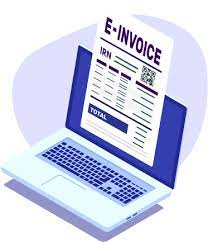2FA Mandatory for E-waybill/E-invoice login: Taxpayers with AATO over Rs 100 Cr
In a recent update dated June 12, 2023, the e-Way Bill/e-Invoice System has introduced a significant security enhancement called 2-Factor Authentication (2FA). This measure is aimed at ensuring the safety and integrity of the system. Starting from July 15, 2023, all taxpayers with an Annual Aggregate Turnover (AATO) above Rs 100 crore will be required to mandatorily use 2FA when accessing the e-Way Bill/e-Invoice System.
What is 2-Factor Authentication?
2-Factor Authentication (2FA) adds an extra layer of security to the login process of the e-Way Bill/e-Invoice System. In addition to the regular username and password, users will now need to authenticate themselves using a One-Time Password (OTP) to access the system.
Registration for 2-Factor Authentication
To register for 2-Factor Authentication for accessing the e-Way Bill/e-Invoice System, follow these steps:
i) Log in to the e-Way Bill System;
ii) Go to the ‘Main Menu’ and select ‘2 Factor Authentication’; and
iii) Confirm the registration process.
Once the registration is complete, the system will prompt for the OTP along with the username and password during login. It’s important to note that OTP authentication is linked to individual user accounts. Sub-users of GSTIN will have separate authentication based on their registered mobile number in the e-Way Bill/e-Invoice System. Once registered for 2-Factor Authentication, it will apply to both the e-Way Bill and e-Invoice systems.


